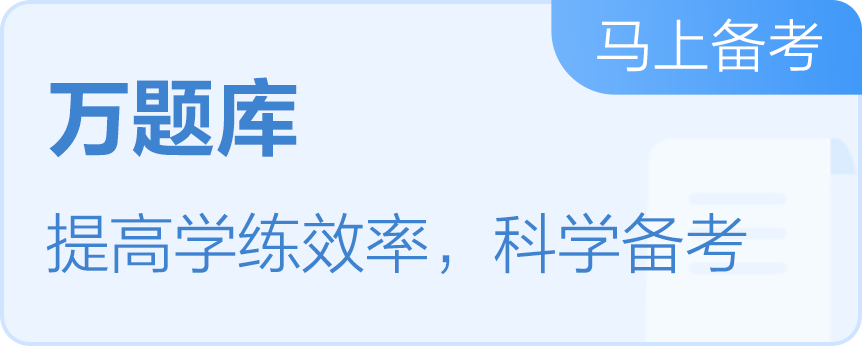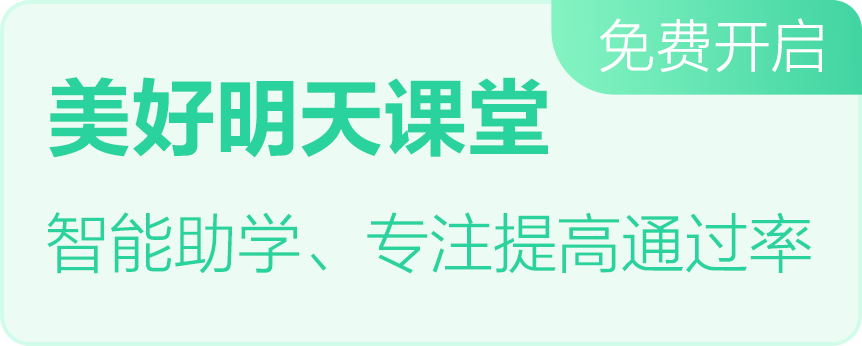第一篇:
Let children learn to judge their own work. A child learning to talk does not learn by being corrected all the time; if corrected too much, he will stop talking. He notices a thousand times a day the difference between the languages he uses and the language those around him use. Bit by bit, he makes the necessary changes to make his language like other people. In the same way, when children learn to do all the other things they learn to do without being taught-to walk, run, climb, whistle, ride a bicycle-compare those performances with those of more skilled people, and slowly make the needed changes. But in school we never give a child a chance to find out his own mistakes for himself, let alone correct them. We do it all for him. We act as if we thought that he would never notice a mistake unless it was pointed out to him, or correct it unless he was made to. Soon he becomes dependent on the teacher. Let him do it himself. Let him work out, with the help of other children if he wants it, what this word says, what answer is to that problem, whether this is a good way of saying or doing this or not.
If it is a matter of right answers, as it may be in mathematics or science, give him the answer book. Let him correct his own papers. Why should we teachers waste time on such routine work? Our job should be to help the child when he tells us that he can’t find the way to get the right answer. Let’s end this nonsense of grades, exams, marks, Let us throw them all out, and let the children learn what all educated persons must some day learn, how to measure their own understanding, how to know what they know or do not know.
Let them get on with this job in the way that seems sensible to them. With our help as school teachers if they ask for it. The idea that there is a body of knowledge to be learnt at school and used for the rest of one’s life is nonsense in a world as complicated and rapidly changing as ours. Anxious parents and teachers say, “But suppose they fail to learn something essential they will need to get in the world?” Don’t worry! If it is essential, they will go out into the world and learn it.
1.What does the author think is the best way for children to learn things?
A.by copying what other people do.
B.by making mistakes and having them corrected.
C.by listening to explanations from skilled people.
D.by asking a great many questions.
2.What does the author think teachers do which they should not do?
A.They give children correct answers.
B.They point out children’s mistakes to them.
C.They allow children to mark their own work.
D.They encourage children to mark to copy from one another.
3.The passage suggests that learning to speak and learning to ride a bicycle are___.
A.not really important skills.
B.more important than other skills.
C.basically different from learning adult skills.
D.basically the same as learning other skills.
4.Exams, grades, and marks should be abolished because children’s progress should only be estimated by___.
A.educated persons.
B.the children themselves.
C.teachers.
D.parents.
5.The author fears that children will grow up into adults while being___.
A.too independent of others.
B.too critical of themselves.
C.incapable to think for themselves.
D.incapable to use basic skills.
答案:ABDBC
第二篇:
We can begin our discussion of “population as global issue” with what most persons mean when they discuss “the population problem”: too many people on earth and a too rapid increase in the number added each year. The facts are not in dispute, It was quite right to employ the analogy that likened demographic growth to “a long, thin powder fuse that burns steadily and haltingly until it finally reaches the charge and explodes.”
To understand the current situation, which is characterized by rapid increases in population, it is necessary to understand the history of population trends. Rapid growth is a comparatively recent phenomenon. Looking back at the 8,000 years of demographic history, we find that populations have been virtually stable or growing very slightly for most of human history. For most of our ancestors, life was hard, often nasty, and very short. There was high fertility in most places, but this was usually balanced by high mortality. For most of human history, it was seldom the case that one in ten persons would live past forty, while infancy and childhood were especially risky periods. Often, societies were in clear danger of extinction because death rates could exceed their birthrates. Thus, the population problem throughout most of history was how to prevent extinction of the human race.
This pattern is important to notice. Not only does it put the current problems of demographic growth into a historical perspective, but it suggests that the cause of rapid increase in population in recent years is not a sudden enthusiasm for more children, but an improvement in the conditions that traditionally have caused high mortality.
Demographic history can be divided into two major periods: a time of long, slow growth which extended from about 8,000 BC.till approximately AD. 1650. In the first period of some 9600 years, the population increased from some 8 million to 500 million in 1650. Between 1650 and the present, the population has increased from 500 million to more than 4 billion. And it is estimated that by the year 2000 there will be 6.2 billion people throughout the world. One way to appreciate this dramatic difference in such abstract numbers is to reduce the time frame to something that is more manageable. Between 8000BC and 1650, an average of only 50,000 persons was being added annually to the world’s population each year. At present, this number is added every six hours. The increase is about 80,000,000 persons annually.
1.Which of the following demographic growth pattern is most suitable for the long thin powder fuse analogy?
A.A virtually stable or slightly decreasing period and then a sudden explosion of population.
B.A slow growth for a long time and then a period of rapid, dramatic increase.
C.Too many people on earth and a few rapid increase in the number added each year.
D.A long period when death rates exceeds birthrates and then a short period with higher fertility and lower mortality.
2.During the first period of demographic history, societies were often in danger of extinction because___.
A.only one in ten persons could live past 40.
B.there was higher mortality than fertility in most places.
C.it was too dangerous to have babies due to the poor conditions.
D.our ancestors had little enthusiasm for more children.
3.Which statement is true about population increase?
A.There might be an increase of 2.2 billion persons from now to the year 2000.
B.About 50,000 babies are born every six hours at present.
C.Between 8000 BC and the present, the population increase is about 80,000,000 persons each year.
D.The population increased faster between 8000BC and 1650 than between 1650 and the present.
4.The author of the passage intends to___.
A.warn people against the population explosion in the near future.
B.compare the demographic growth pattern in the past with that after 1650.
C.find out the cause for rapid increase in population in recent years.
D.present us a clear and complete picture of the demographic growth.
5.The word “demographic” in the first paragraph means___.
A.statistics of human.
B.surroundings study.
C.accumulation of human.
D.development of human.
答案:ABADA





四六级万题库 | 微信搜索"万题库英语四六级考试"




 英语四级
英语四级